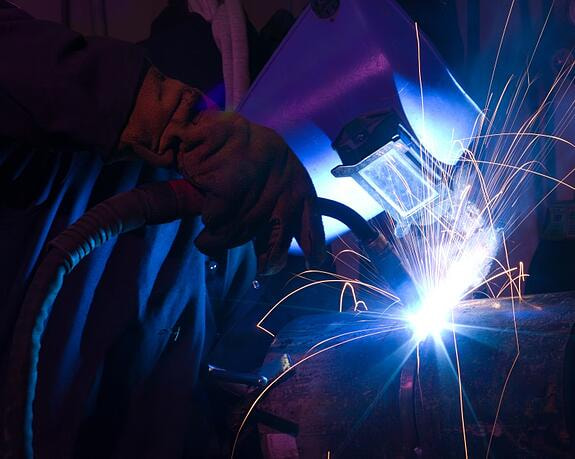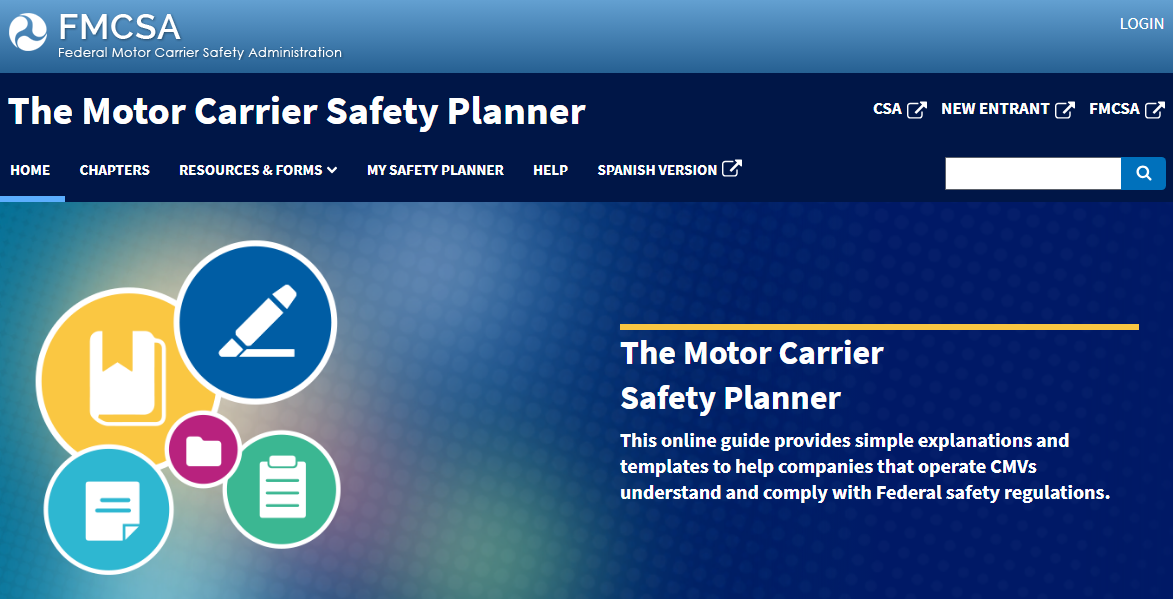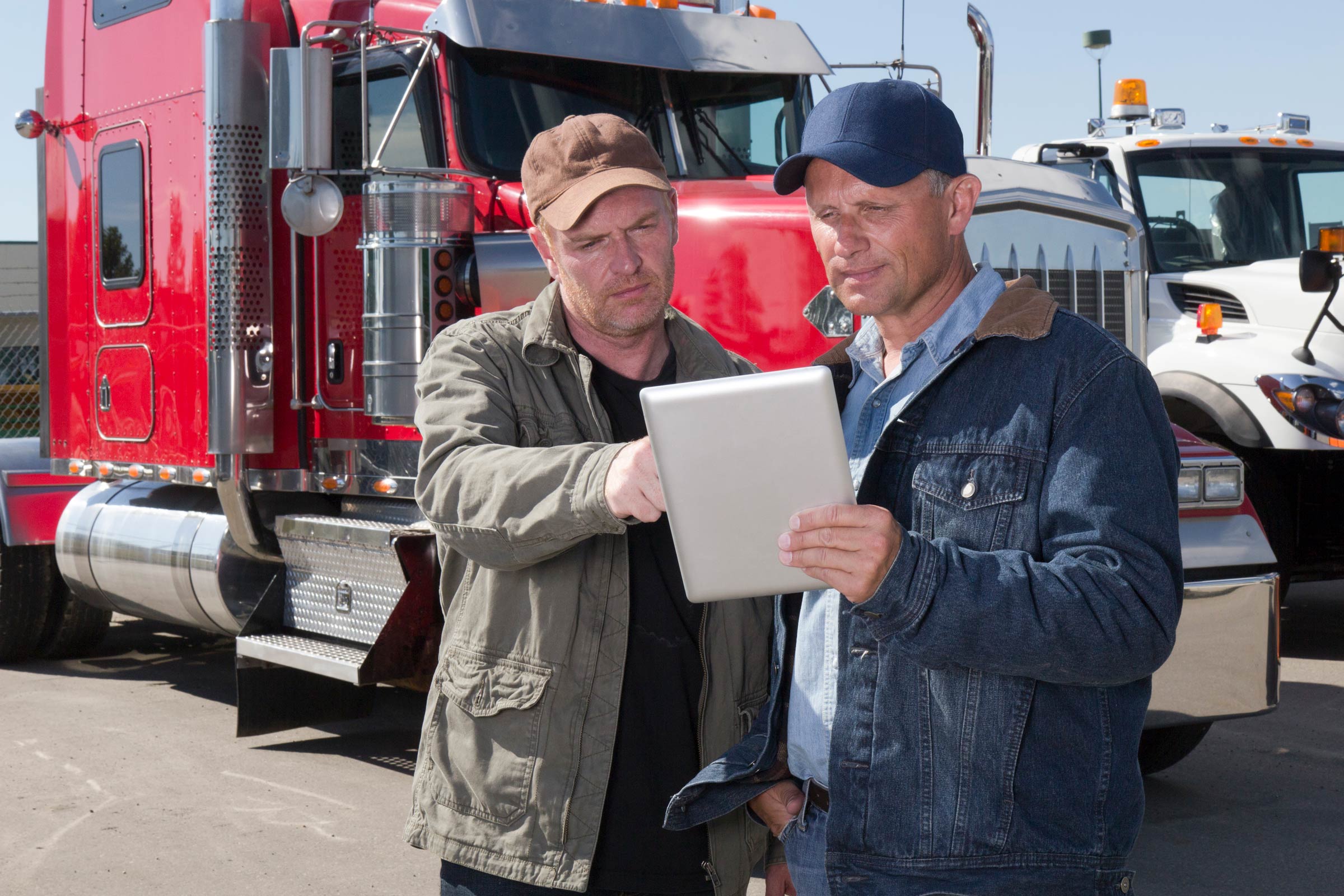How to Minimize the Hazards of Welding Operations

Whether it is a large motor carrier with several experienced welders in the shop, or a small trucking company where welding is only occasionally necessary; the chances are the same type of welding equipment is used, a metal inert gas (MIG) welder.
A MIG welder is one of the most common welders used today. It can be used by welders with varying skill levels and is adaptable to many types of applications.It is important for management and welders to understand the hazards associated with MIG welding and protect against potential harm that can be caused by the process.
MIG welders are shielded, metal arc welders using high-voltage electricity to melt a wire. The electric arc forms between a consumable wire electrode and the work-piece metal, heating the metals and causing them to melt, and join. When cooled the metal creates a bond between the two objects. Typically, an inert shielding gas is applied automatically through the welding gun to protect the weld from contaminants in the air and oxidation. In some processes, a coated wire is used to produce the shielding gas. The arc and gas are attributes of all MIG welding processes.
The gas, electric arc, and hot metal expose the welder and others in the “Hot Work” area to numerous hazards. Care must be taken to ensure combustible materials are not in close proximity to the welding process. The welding equipment is an ignition source, and air provides oxygen; thus, the only remaining ingredient for fire is a combustible material. Prior to beginning the welding process, combustible materials must be removed from the “Hot Work” area or protected with a fire blanket or screen. If combustibles cannot be removed from the area or cannot be protected from possible ignition, a fire watch must be posted.
Toxic fumes and smoke may be produced from the metal being welded or any substance that may be on the surface of the materials being welded. The shielding gas can accumulate in the “Hot Work” area, displace the oxygen, and generate carbon monoxide.
Other potential hazards that must be addressed and minimized during a welding operation are:
-
Ultraviolet light generated by the arc can cause burns to the cornea of the eyes or burns to the skin
-
Metal sprayed from the welding point can burn exposed skin or ignite clothing or other combustibles
-
The materials welded will remain hot after the process is complete and can cause severe burns if touched
Finally, individuals performing welding operations should be required to take frequent breaks to avoid ergonomic hazards associated with repetitive motion or abnormal body positioning.
For additional information on the hazards of welding operations, contact Great West Casualty Company for any questions or concerns. Also, feel free to contact us with any truck insurance questions or quotes.
Find all our blogs here.




